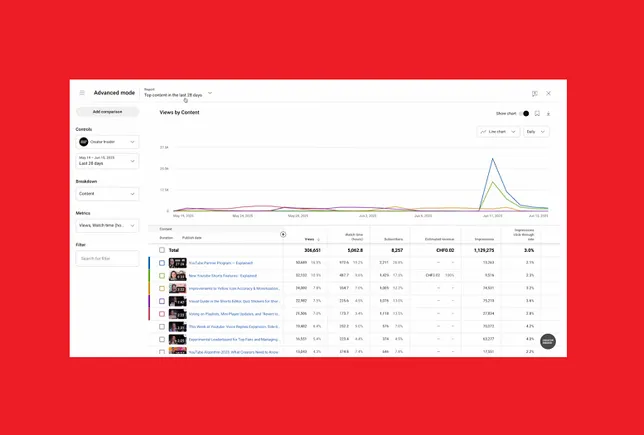RIVERS
Flowing thematically from “upper” through “middle” to “lower” courses, the narrative begins with the basics (“What Is Water?”). Chapman goes on to mingle methodical remarks, presented in dense-looking blocks of text, about common geological features from headwaters to deltas, with closer looks at select rivers all over the world. Along with the likes of the Danube and the Mississippi, readers will find themselves riding some less familiar waters—sailing down the rapids of the Yarlung Tsangpo in the Himalayas, for example, where the river has cut a gorge three times deeper than the Grand Canyon. The author also expands his topic, acknowledging efforts to clean up the polluted Ganges and tallying the environmental advantages and disadvantages of dams. Still, his unexceptional prose makes absorbing all the information a chore, particularly in the absence of an index or any other backmatter, nor do the paint by numbers–style illustrations do much to lighten the load. Switching repeatedly between horizontal and vertical orientations for multiple foldout pages, Qu’s images have a generic look, whether depicting broad landscapes, riverbanks crowded with small human figures, or composite assemblages of typical flora and fauna from multiple regions. Pass this up for livelier treatments, such as Peter Goes’ Rivers: A Visual History From River to Sea (2018).


Flowing thematically from “upper” through “middle” to “lower” courses, the narrative begins with the basics (“What Is Water?”). Chapman goes on to mingle methodical remarks, presented in dense-looking blocks of text, about common geological features from headwaters to deltas, with closer looks at select rivers all over the world. Along with the likes of the Danube and the Mississippi, readers will find themselves riding some less familiar waters—sailing down the rapids of the Yarlung Tsangpo in the Himalayas, for example, where the river has cut a gorge three times deeper than the Grand Canyon. The author also expands his topic, acknowledging efforts to clean up the polluted Ganges and tallying the environmental advantages and disadvantages of dams. Still, his unexceptional prose makes absorbing all the information a chore, particularly in the absence of an index or any other backmatter, nor do the paint by numbers–style illustrations do much to lighten the load. Switching repeatedly between horizontal and vertical orientations for multiple foldout pages, Qu’s images have a generic look, whether depicting broad landscapes, riverbanks crowded with small human figures, or composite assemblages of typical flora and fauna from multiple regions. Pass this up for livelier treatments, such as Peter Goes’ Rivers: A Visual History From River to Sea (2018).

























![How To Drive More Conversions With Fewer Clicks [MozCon 2025 Speaker Series]](https://moz.com/images/blog/banners/Mozcon2025_SpeakerBlogHeader_1180x400_RebeccaJackson_London.png?auto=compress,format&fit=crop&dm=1750097440&s=282171eb79ac511caa72821d69580a6e#)

![Brand and SEO Sitting on a Tree: K-I-S-S-I-N-G [Mozcon 2025 Speaker Series]](https://moz.com/images/blog/banners/Mozcon2025_SpeakerBlogHeader_1180x400_LidiaInfante_London.png?auto=compress,format&fit=crop&dm=1749465874&s=56275e60eb1f4363767c42d318c4ef4a#)

























![The 11 Best Landing Page Builder Software Tools [2025]](https://www.growthmarketingpro.com/wp-content/uploads/2024/04/best-landing-page-software-hero-image-1024x618.png?#)









































![How to Create an SEO Forecast [Free Template Included] — Whiteboard Friday](https://moz.com/images/blog/banners/WBF-SEOForecasting-Blog_Header.png?auto=compress,format&fit=crop&dm=1694010279&s=318ed1d453ed4f230e8e4b50ecee5417#)
![How To Build AI Tools To Automate Your SEO Workflows [MozCon 2025 Speaker Series]](https://moz.com/images/blog/banners/Mozcon2025_SpeakerBlogHeader_1180x400_Andrew_London-1.png?auto=compress,format&fit=crop&dm=1749642474&s=7897686f91f4e22a1f5191ea07414026#)

























![Brand pitch guide for creators [deck and email templates]](https://blog.hootsuite.com/wp-content/uploads/2022/06/brand-pitch-template.png)


![AI marketing campaigns only a bot could launch & which tools pitch the best ones [product test]](https://www.hubspot.com/hubfs/ai-marketing-campaigns.webp)












![How Social Platforms Measure Video Views [Infographic]](https://imgproxy.divecdn.com/AncxHXS242CT-kDlEkGZi7uQ2k70-ebTAh7Lm14QKb8/g:ce/rs:fit:770:435/Z3M6Ly9kaXZlc2l0ZS1zdG9yYWdlL2RpdmVpbWFnZS9ob3dfcGxhdGZvcm1zX21lYXN1cmVfdmlld3MucG5n.webp)









